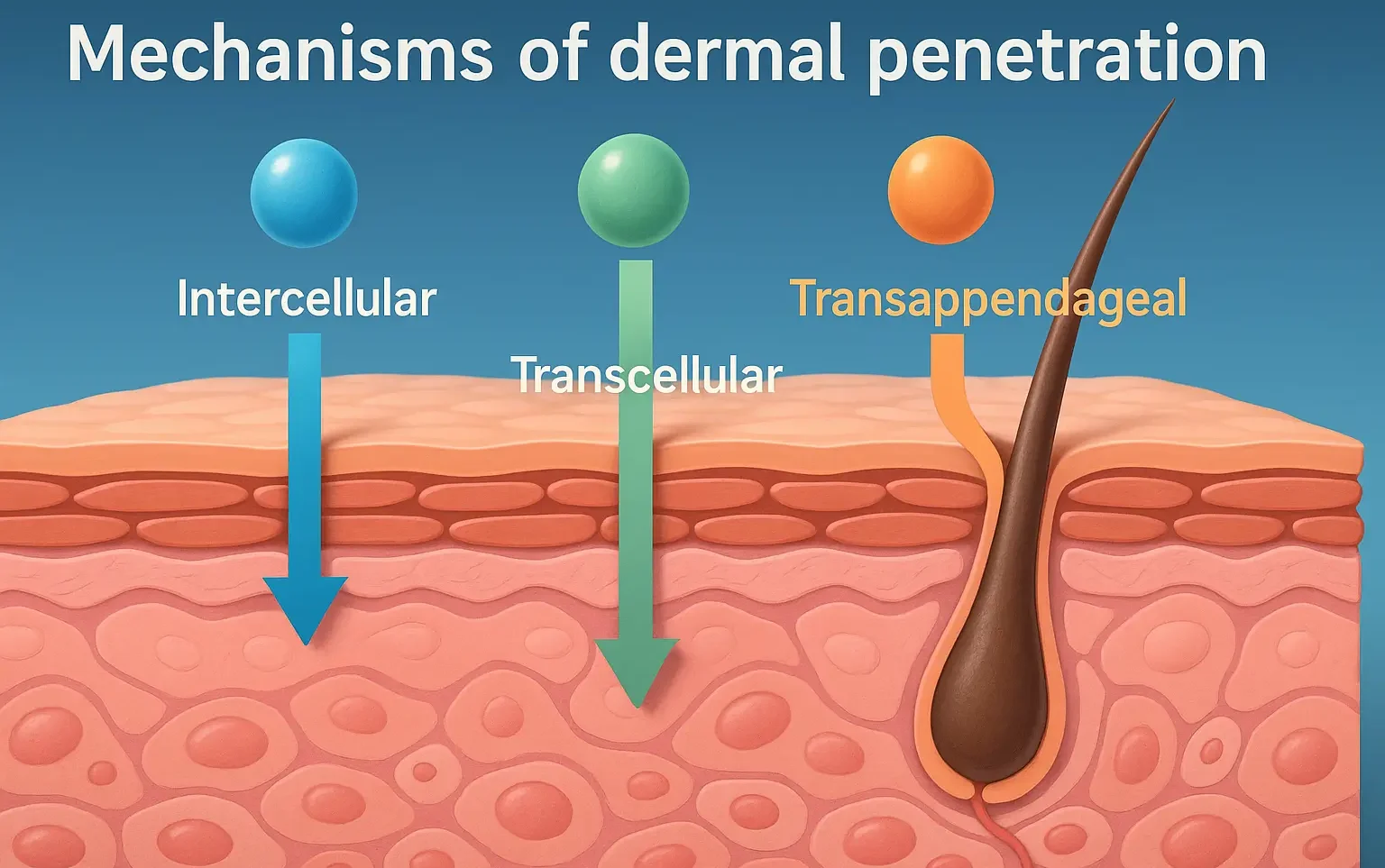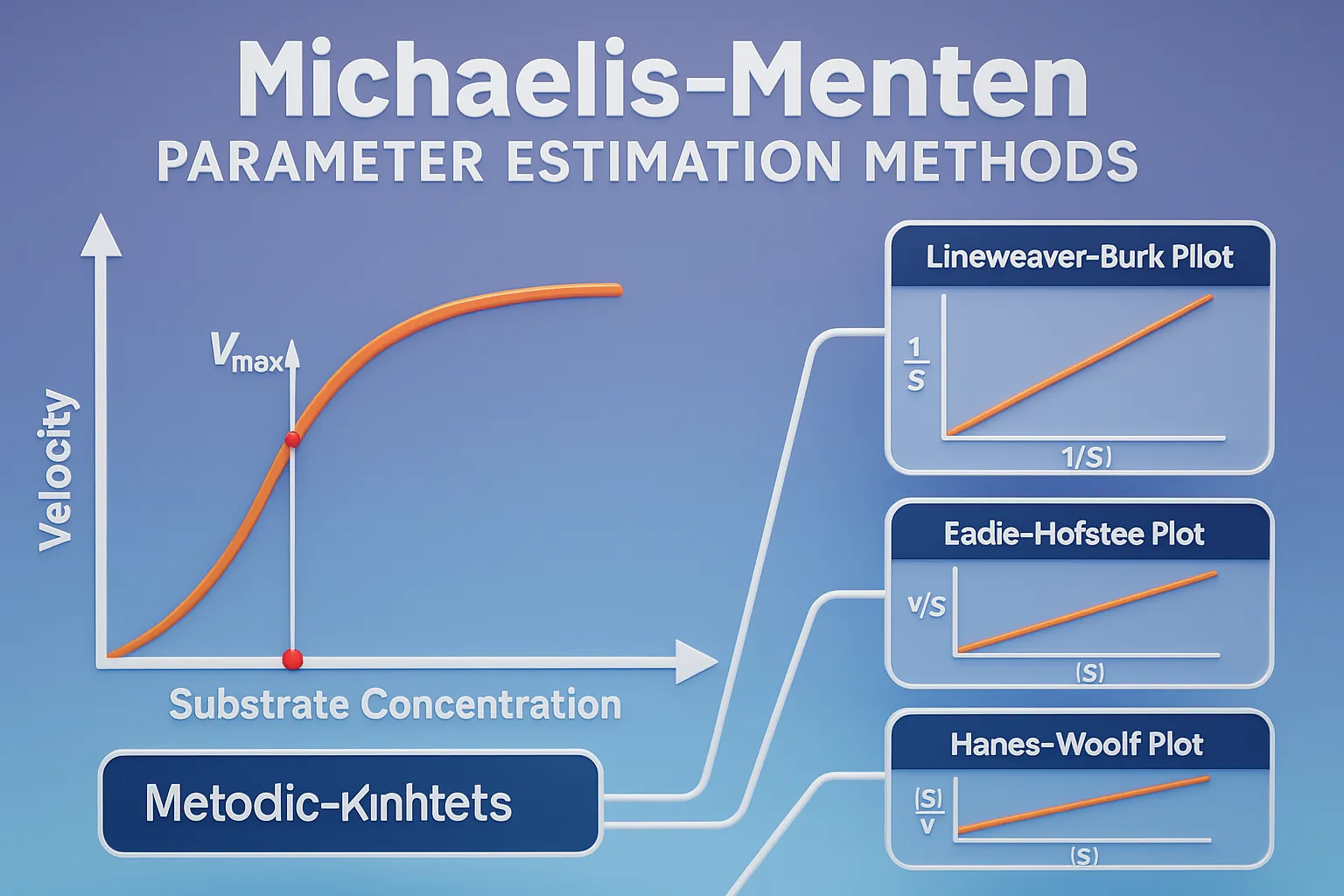Preparation of Ointments
Ointments are semi-solid topical preparations used to protect, soothe, or treat the skin or mucous membranes. They are typically composed of a greasy base that helps retain moisture and may contain active ingredients for various therapeutic purposes. Ointments are widely used in dermatology, wound care, and other medical applications. Preparation Methods Fusion Ingredients are melted … Read more










